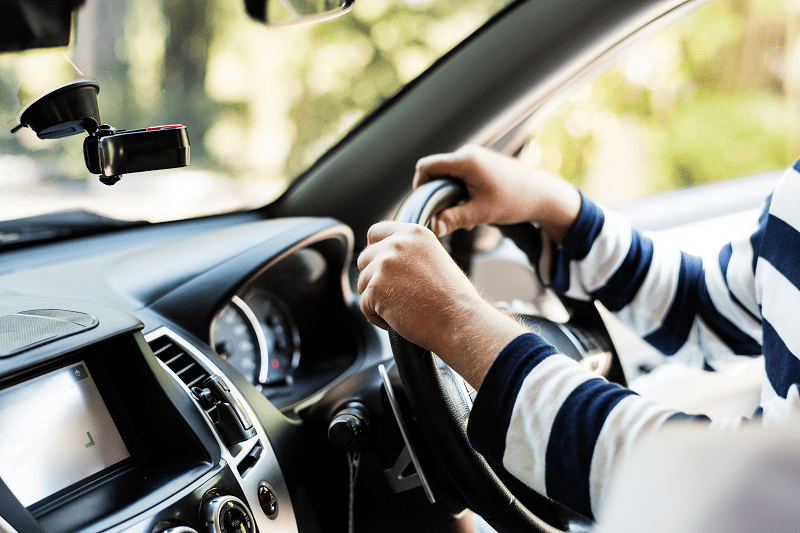Driving Rehabilitation After Stroke
Regaining Control: Driving Recovery Following a Stroke
Driving is a vital component of freedom for many people. Regaining the ability to drive safely, however, can be a major issue following a stroke. Programs for driving rehabilitation provide a useful means for stroke victims to confidently resume their driving careers. This article examines the evaluation procedure and range of training courses that are offered to assist people in assessing their fitness for driving and regaining proficiency in critical skills.
Table of Contents

Evaluating Driving Fitness: An Important Initial Step
Driving Rehabilitation After Stroke
A thorough evaluation is necessary after a stroke to determine whether driving is safe. A multidisciplinary team, comprising doctors, occupational therapists, and driving rehabilitation specialists, is usually involved in this procedure. The evaluation could include the following:
- Medical Evaluation: A physician will evaluate the extent of the stroke, general health, and any drugs that may interfere with one’s ability to drive.
- Cognitive Assessment: Cognitive abilities that are essential for safe driving, such as attention, memory, visual-spatial skills, and judgment, are assessed through tests.
- Physical Evaluation: Therapists evaluate any physical restrictions, such as weakness, poor coordination, or restricted range of motion, that may have an impact on driving.
- Vision Assessment: To ensure proper processing of visual information for safe driving, tests for visual acuity, depth perception, and visual field are conducted.
- On-Road Driving Evaluation: In this hands-on evaluation, driving abilities are observed in a simulated or real-world setting.
Driving Rehabilitation After Stroke
Driving safety will be determined by the evaluation results, whether or not adjustments are made. Changes could consist of:
- Adaptive equipment: can help with certain constraints. Examples include hand controls, specialized mirrors, and steering wheel knobs.
- Modifications to the vehicle: Important modifications can include rotating chairs, wheelchair-accessible vans, and automatic transmissions.
- Driving Limitations: It may be advised to set restrictions on driving distance, time of day, or weather.
Programs for Driving Rehabilitation: Designed with Recovery in Mind
Driving Rehabilitation After Stroke
Programs for driving rehabilitation assist stroke victims in regaining or enhancing their ability to drive safely after an evaluation. These initiatives may consist of:
- In-Car Training: Using a modified car equipped with two controls, a licensed driving rehabilitation specialist gives individualized teaching. They work on maneuvering, observing traffic laws, and reacting to dangers.
- Classroom Training: Lessons emphasize safe driving techniques, traffic laws tailored to the needs of people with strokes, and making good use of assistive technology.
- Simulator Training: Driving simulators offer a secure setting for rehearsing skills in a range of situations prior to receiving on-road instruction.
- Vision Therapy: If required, vision therapists can assist in enhancing visual abilities such as tracking, scanning, and depth perception.
The program’s length and level of intensity will change based on each student’s needs and the difficulty of the skills needed.
Advantages of Programs for Driving Rehabilitation:
Driving Rehabilitation After Stroke
Better Independence and Quality of Life: Being able to drive again enables people to engage in daily activities and keep up social ties.
Enhanced Self-Esteem and Confidence: Gaining back driving proficiency can greatly improve general wellbeing and self-confidence.
Decreased Dependency on Others: Being able to drive alone gives people the ability to take charge of their transportation requirements and stay independent of others.
Taking into Account and Available Resources:
Driving Rehabilitation After Stroke
- Cost and Insurance Coverage: Programs for driving rehabilitation can be highly costly. It is crucial to contact with providers in advance as insurance may cover certain fees.
- Accessibility: You may need to do some research to find a licensed driving rehabilitation specialist in your area.
- Continuing Education: Vision can worsen with time, and driving regulations can change. Refresher courses help guarantee that safe driving habits are maintained.
In summary:
Driving Rehabilitation After Stroke
Programs for driving rehabilitation provide stroke victims with an important avenue to reclaim their freedom to drive. People can resume driving safely and confidently with the help of thorough evaluations, individualized training, and a dedication to skill development. If you or someone you know has suffered a stroke and you would like to resume driving, speak with your healthcare provider and find out about driving rehabilitation programs.


